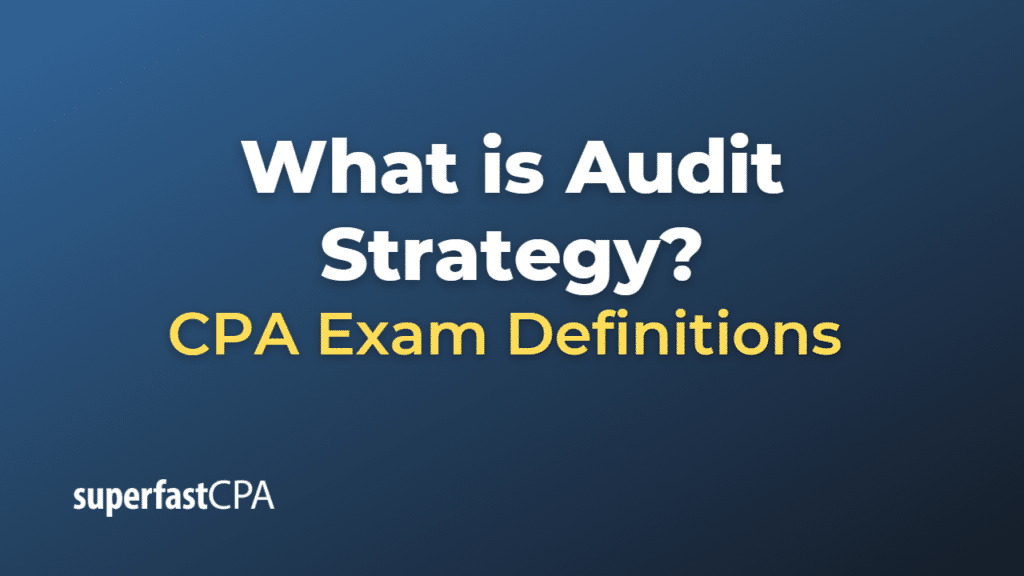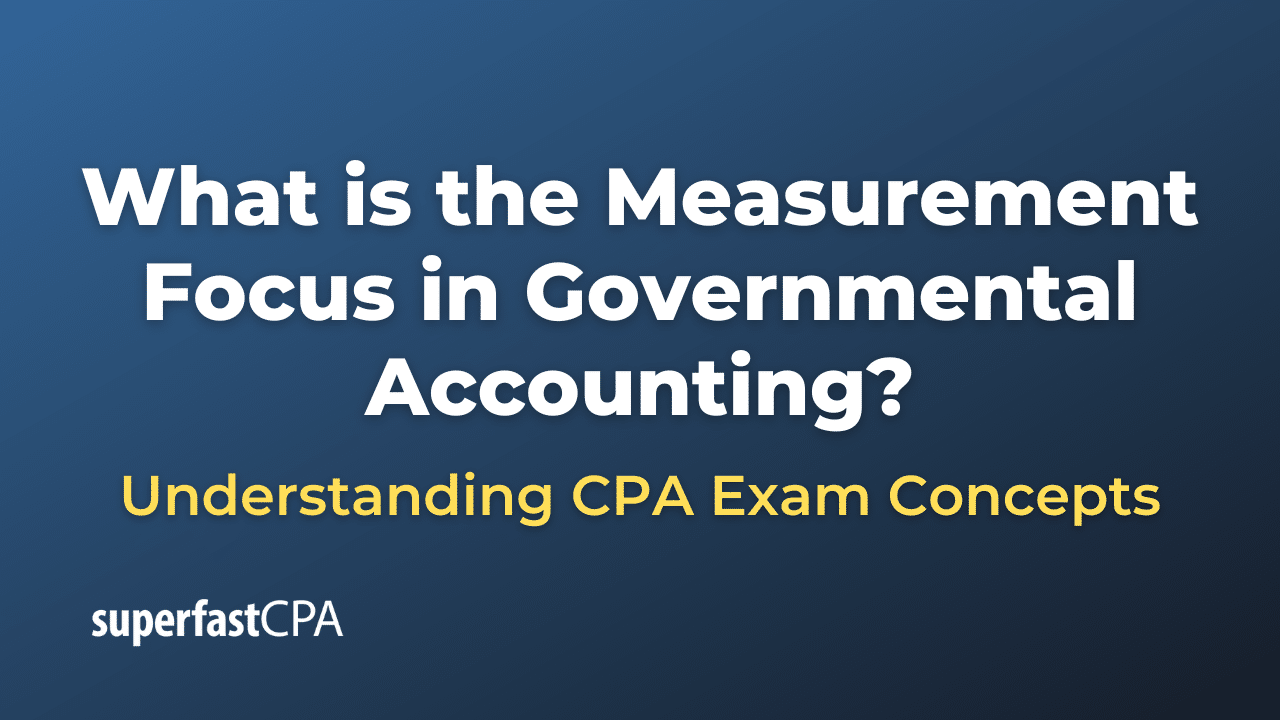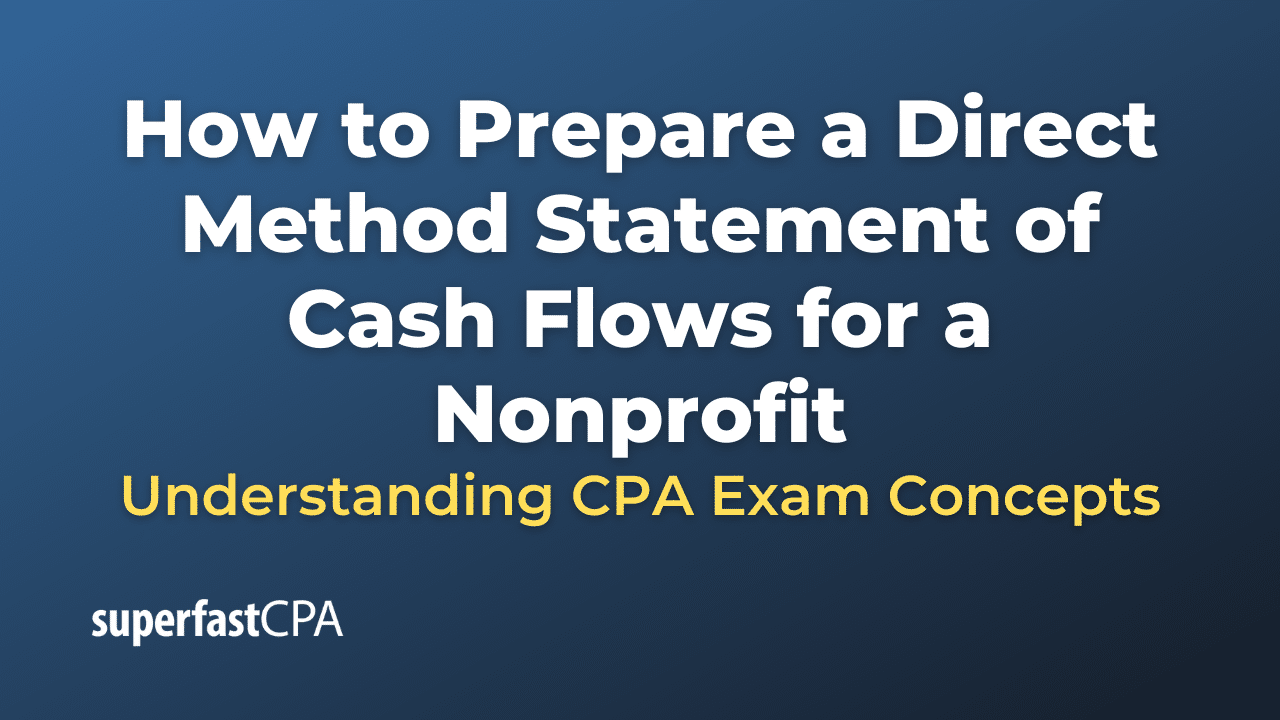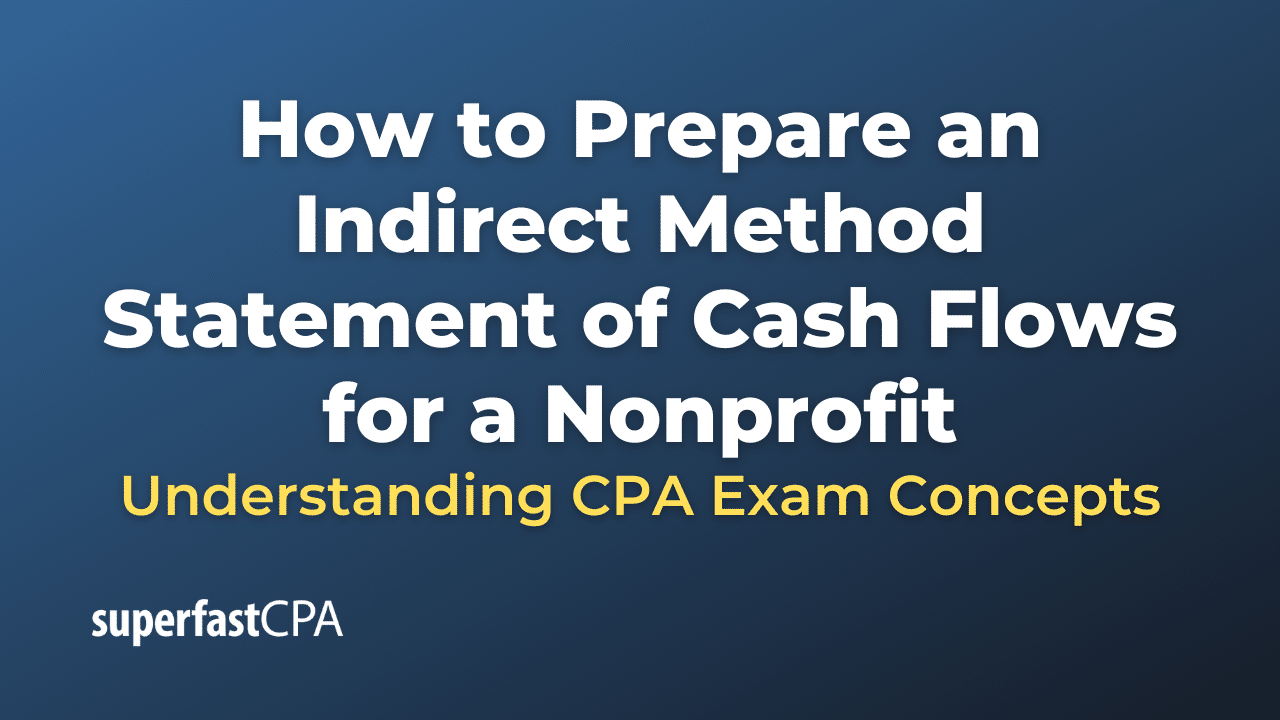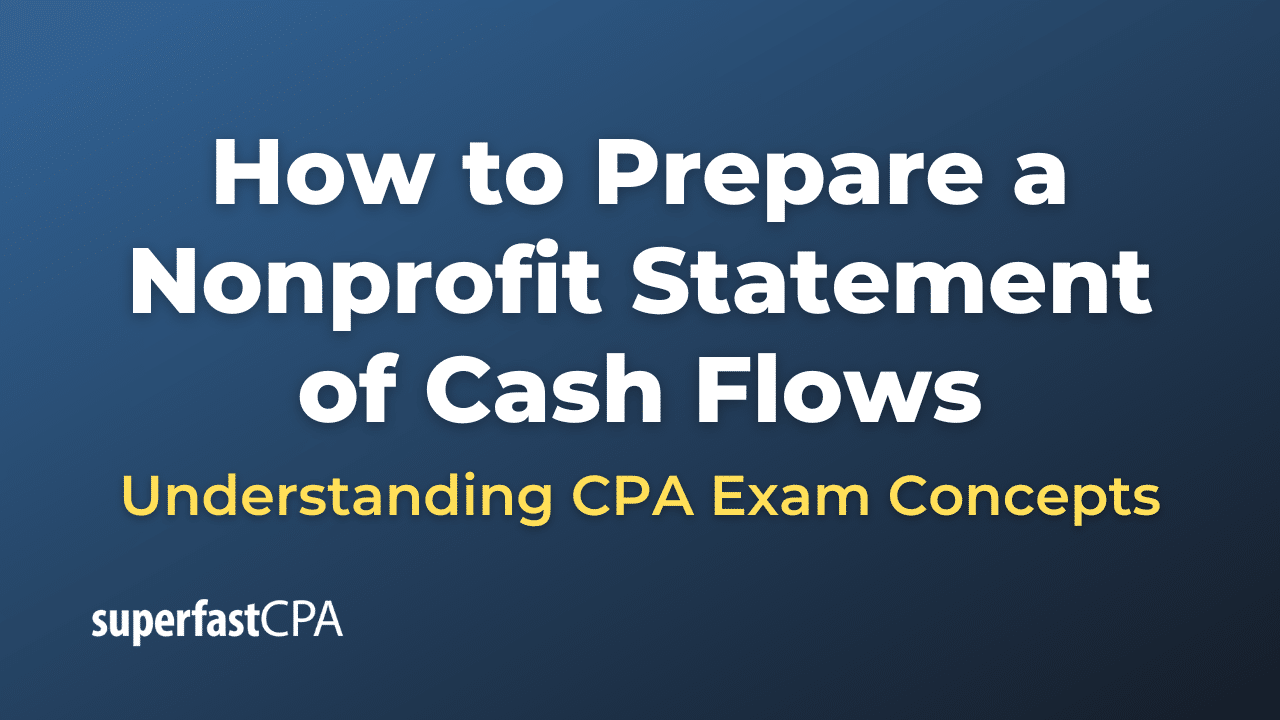Audit Strategy
Audit strategy refers to the overall approach and plan designed by auditors to conduct an audit engagement effectively and efficiently. It outlines the scope, timing, and direction of the audit, taking into consideration the specific characteristics of the entity being audited, its industry, and the level of risk associated with the engagement.
An effective audit strategy enables auditors to:
- Identify the significant areas of the financial statements that require special attention.
- Determine the extent of audit procedures to be performed.
- Allocate audit resources, such as personnel and time, efficiently.
- Coordinate the efforts of the audit team members.
- Communicate with the client and manage their expectations.
The development of an audit strategy typically involves the following steps:
- Preliminary engagement activities, such as understanding the client’s business, industry, and internal control environment.
- Assessing the risks of material misstatement in the financial statements, which may arise from fraud, error, or non-compliance with applicable accounting standards and regulations.
- Determining the overall materiality level for the audit, which guides the auditor in determining the extent of audit procedures.
- Designing the nature, timing, and extent of audit procedures to be performed in response to the assessed risks.
- Continuously monitoring and updating the audit strategy as necessary, based on new information or changes in circumstances.
In summary, the audit strategy serves as a roadmap for the auditor to effectively plan and execute the audit, while ensuring that the audit objectives are met, and the audit is conducted in accordance with applicable auditing standards.
Example of Audit Strategy
Let’s consider a simple example of an audit strategy for a hypothetical manufacturing company.
- Preliminary engagement activities: The audit team will meet with the management of the company to gain an understanding of the business operations, industry, and the company’s internal control environment. They will also review prior years’ financial statements and audit documentation to understand the company’s financial reporting practices.
- Risk assessment: The audit team identifies key risks of material misstatement, such as:
- Revenue recognition: The risk that revenue is recorded in the incorrect period or at incorrect amounts due to the complexity of the company’s sales contracts and the timing of product deliveries.
- Inventory valuation: The risk that inventory is misstated due to the use of incorrect standard costs, obsolescence, or inadequate physical controls.
- Accounts receivable: The risk that the allowance for doubtful accounts is understated due to the economic downturn and the company’s reliance on a few large customers.
- Materiality determination: The audit team sets an overall materiality level for the audit based on a percentage of the company’s revenue or net income, which guides the extent of audit procedures.
- Designing audit procedures: Based on the identified risks, the audit team designs specific audit procedures, such as:
- For revenue recognition, the auditors may perform substantive tests of transactions, such as examining sales contracts, shipping documents, and customer purchase orders, to verify the accuracy and completeness of revenue recorded in the financial statements.
- For inventory valuation, the auditors may perform inventory observation procedures to verify the existence and condition of inventory items and test the accuracy of standard costs used in inventory valuation.
- For accounts receivable, the auditors may confirm account balances with customers and evaluate the adequacy of the allowance for doubtful accounts based on the company’s historical collection experience and current economic conditions.
- Continuous monitoring and updating: The audit team will continuously monitor the progress of the audit, review the results of the audit procedures, and update the audit strategy as necessary.
In this example, the audit strategy outlines the key areas of focus, the risks to be addressed, and the specific audit procedures to be performed, ensuring that the audit is conducted effectively and in accordance with auditing standards.

